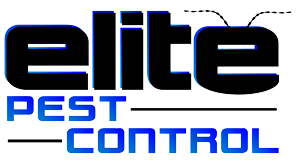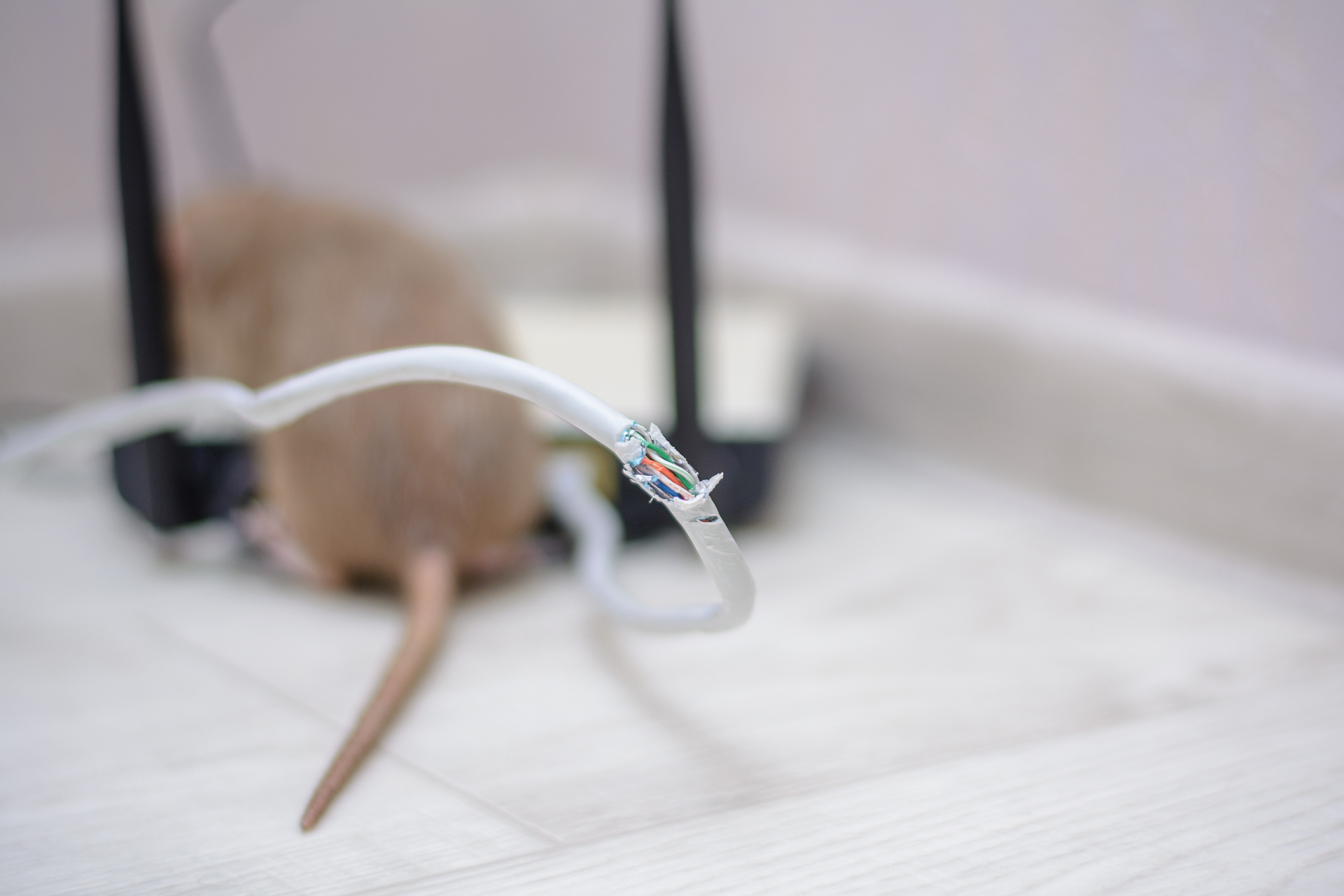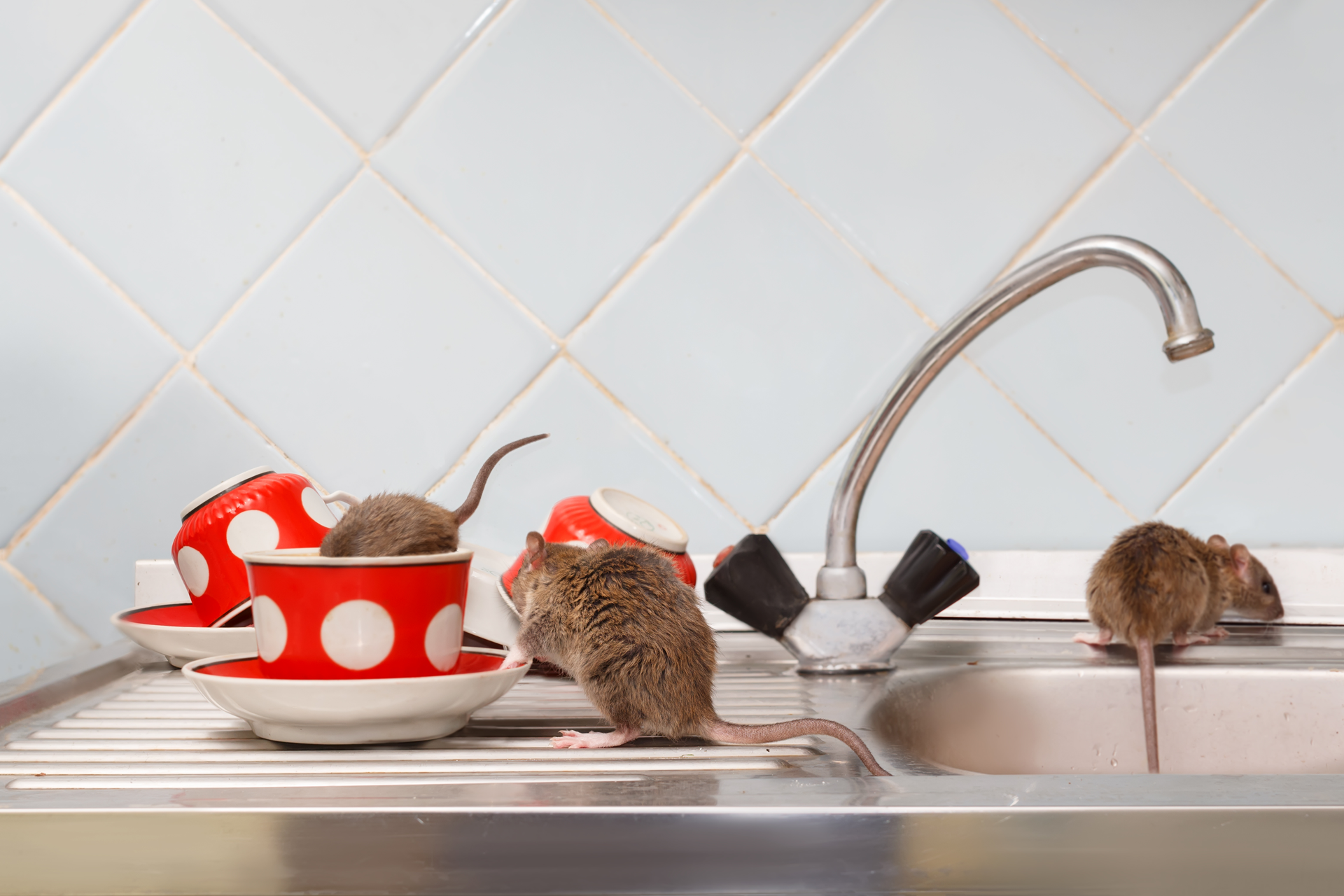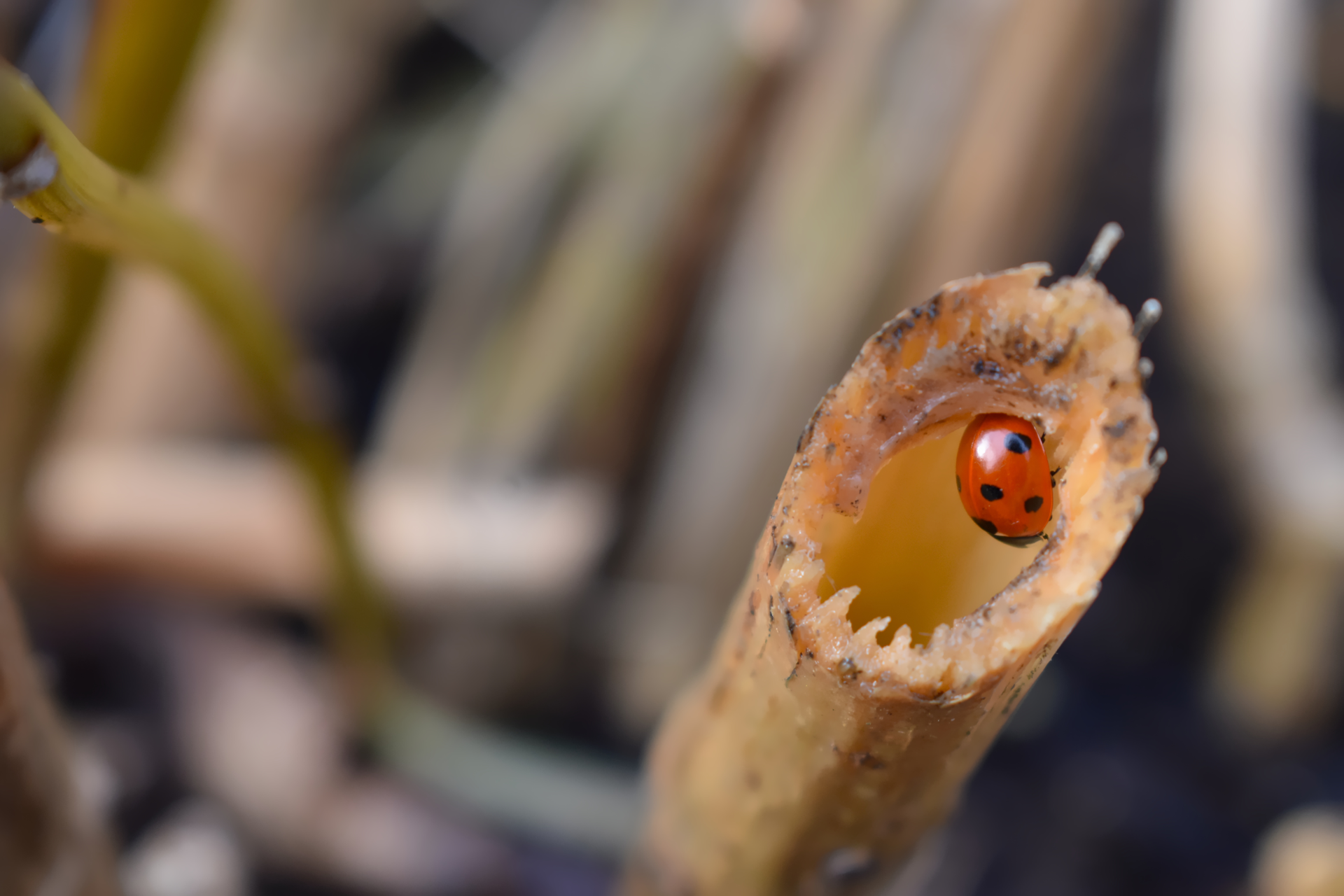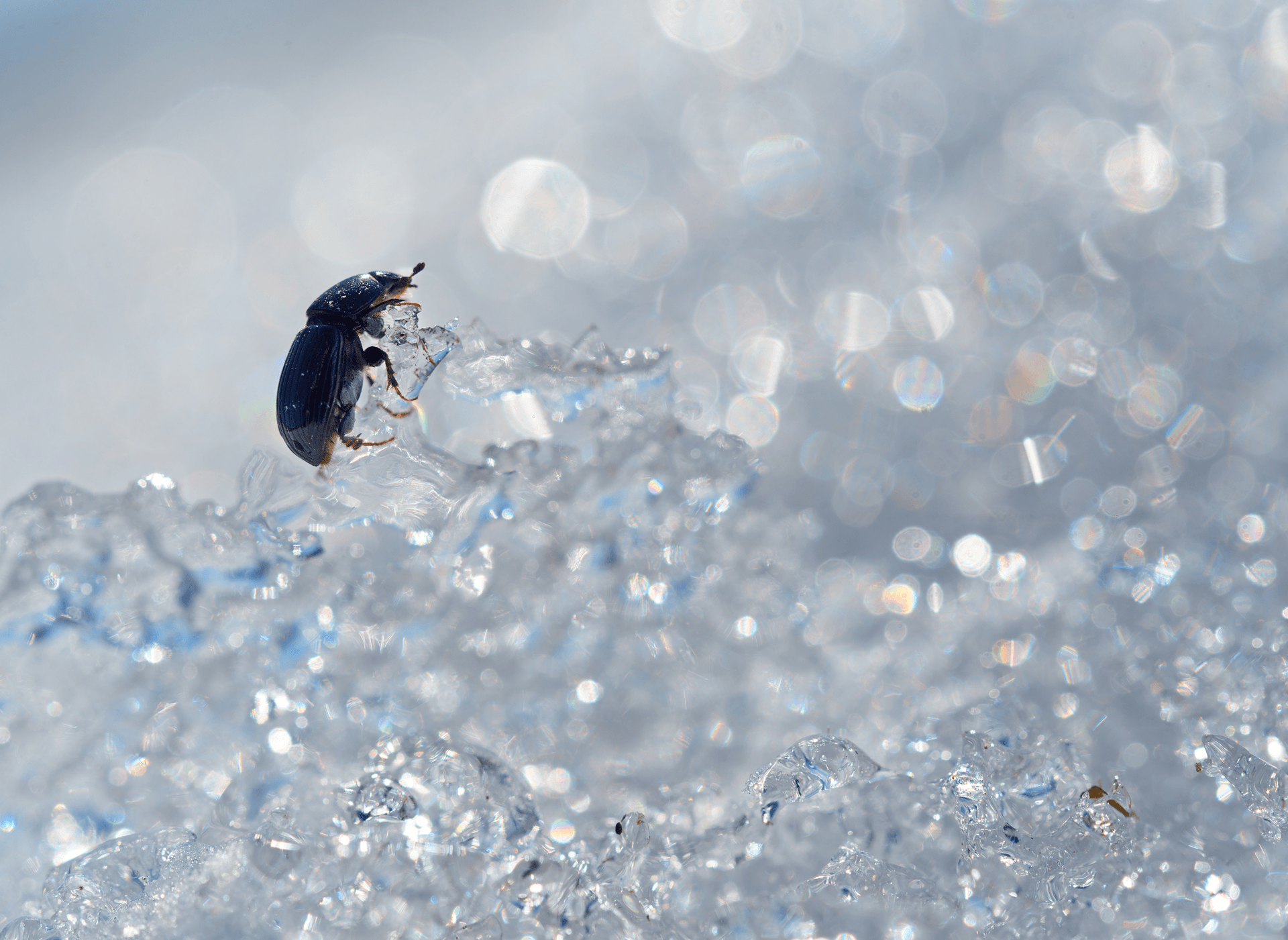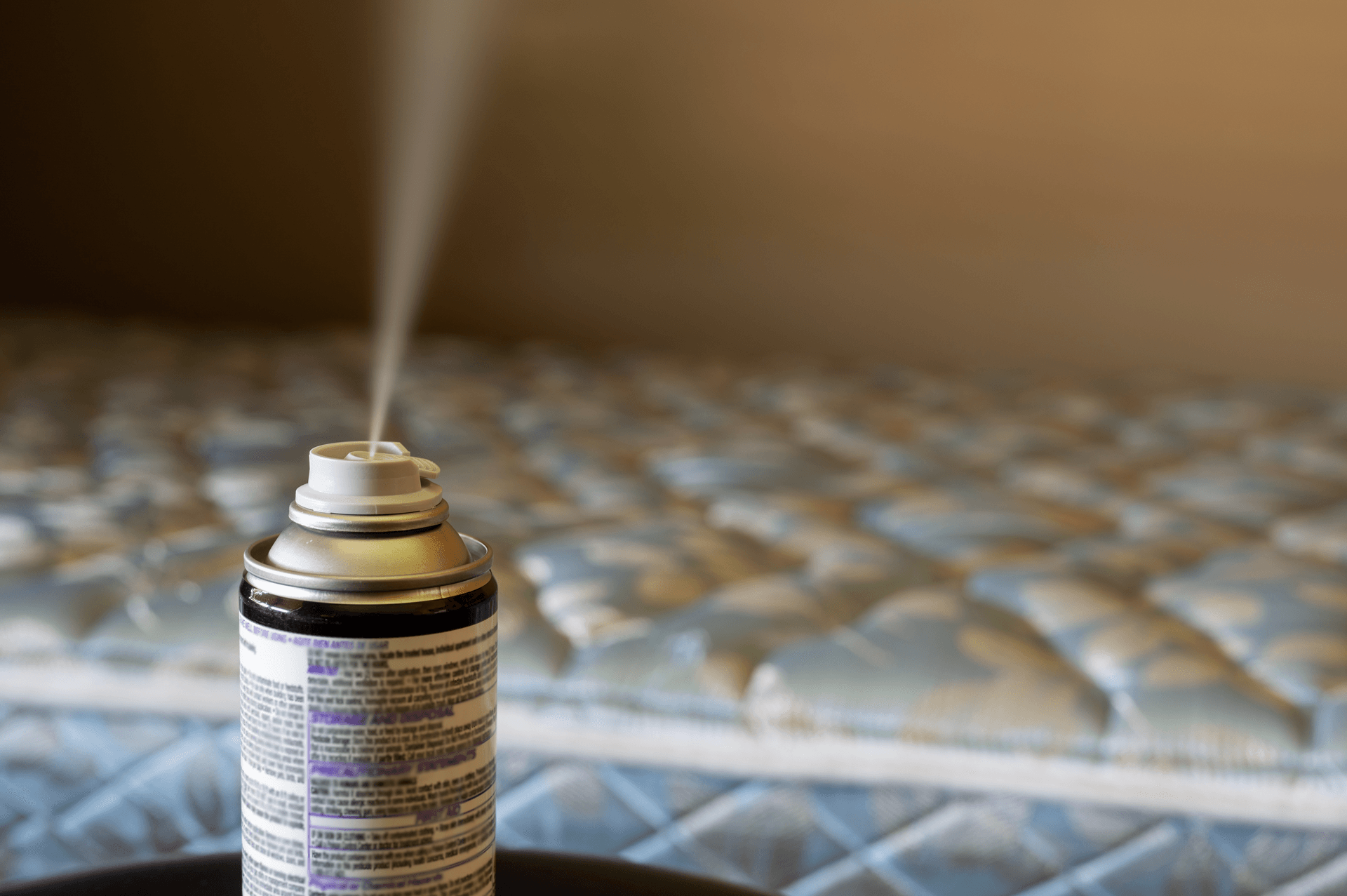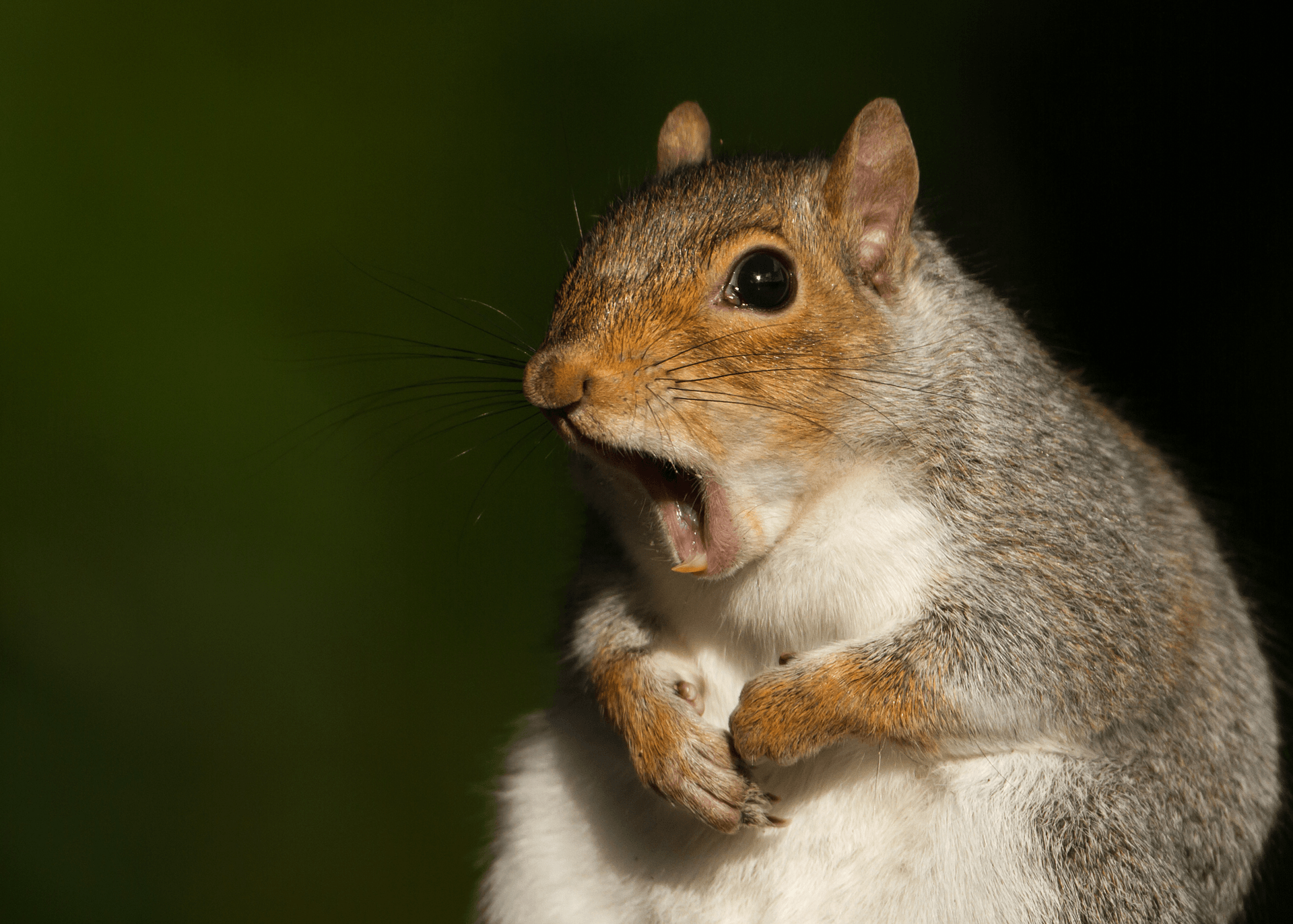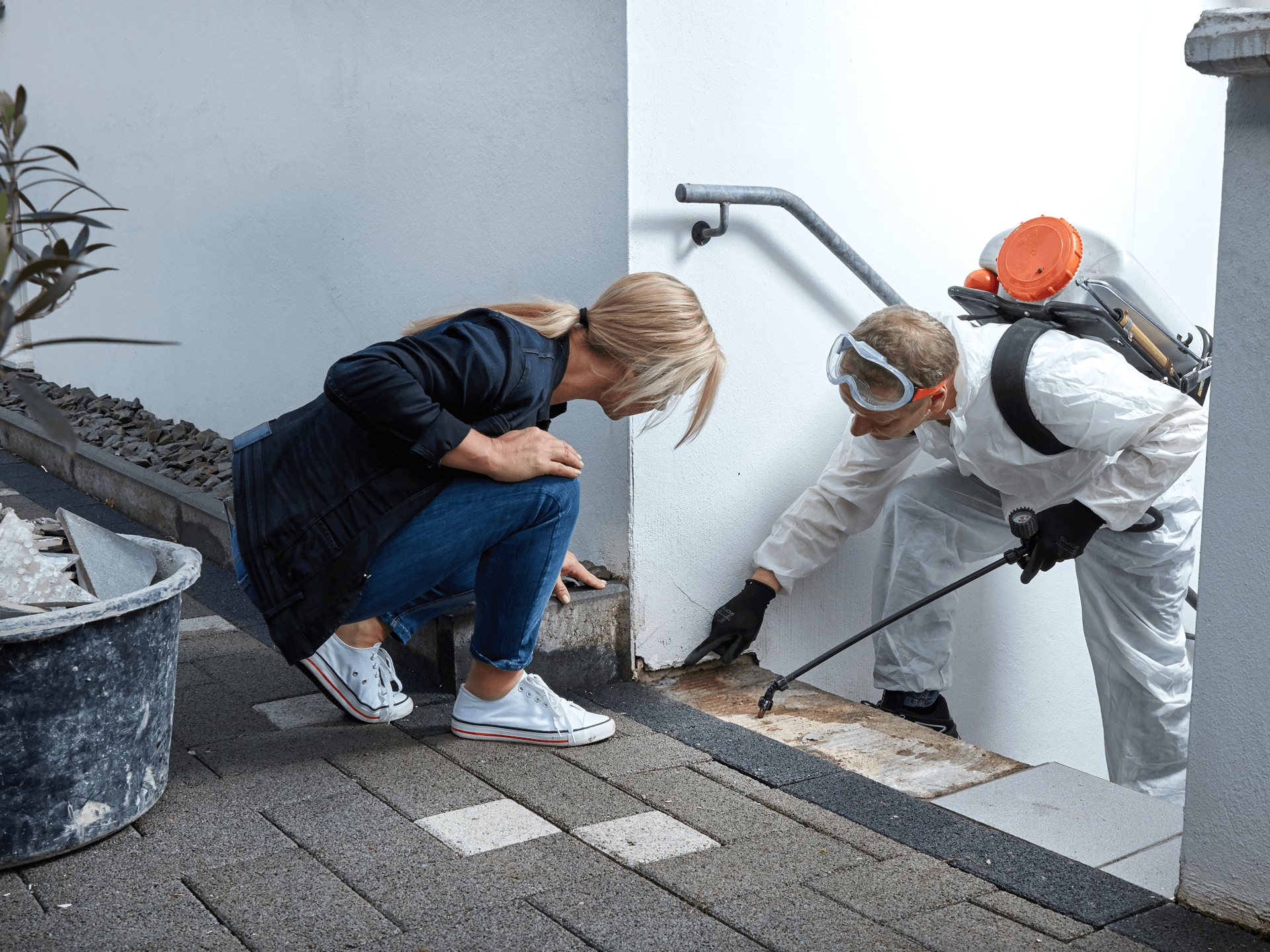The Consequences Of Pest Infestations
Having Pests Is More Than Just Annoying
We understand the frustration and inconvenience that comes with infestations. They are a common problem faced by homeowners and businesses alike, and it is crucial to recognize the impact they can have on our health, property, and economy.
Pests are known to transmit various diseases, including salmonella, hantavirus, and Lyme disease. According to the World Health Organization (WHO), mosquitoes alone cause over 700 million deaths each year through diseases like malaria, dengue fever, and Zika virus. Additionally, cockroaches and rodents can trigger allergies and respiratory issues, exacerbating asthma symptoms in both children and adults.
Apart from health concerns, pests can cause significant structural damage to buildings. Termites, for example, are notorious for their ability to silently destroy wooden structures. In the United States, termites cause an estimated $5 billion in property damage annually, according to the NPMA. Similarly, rodents, such as rats and mice, can gnaw through electrical wiring, potentially leading to electrical fires. Burrowing pests like groundhogs and moles can undermine the stability of foundations, posing a risk to the structural integrity of buildings.
The economic implications are far-reaching and should not be underestimated. Properties that have been infested often experience devaluation in the real estate market. Prospective buyers or tenants may be deterred from investing in or occupying infested properties, leading to extended vacancies and financial losses for property owners. Additionally, the cost of repairs and restoration can be substantial, especially when the damage is extensive. Homeowners and businesses are burdened with the financial responsibility of rectifying these issues.
The agricultural sector is not exempt from the impacts of infestations. Pests can devastate crops, leading to decreased yields and increased production costs. According to the Food and Agriculture Organization of the United Nations (FAO), they are responsible for the loss of approximately 20-40% of global food production annually. These losses can drive up food prices, affecting both producers and consumers worldwide.
Now, let's explore some common species and their impacts:
Termites are one of the most destructive, silently feasting on the wooden structures of homes and buildings. They can cause severe damage, compromising the integrity of the entire structure. Signs of termite infestations include mud tubes, discarded wings, and hollow-sounding wood.
Rodents, such as rats and mice, are not only a nuisance but also pose health risks and property damage. They can contaminate food, spread diseases through their droppings and urine, and chew through insulation. Gnaw marks, droppings, and the presence of nests are indicators of a rodent infestation.
Cockroaches are notorious for their association with unsanitary conditions and are carriers of pathogens that can cause diseases such as salmonella and E. coli. They can trigger allergies and asthma attacks in susceptible individuals. Signs of a cockroach infestation include a musty odor, droppings, and shed skin.
Bed Bugs have seen a resurgence in recent years and are known for their bites, which can cause allergic reactions and psychological distress. They are excellent hitchhikers and can easily infest homes, hotels, and public spaces. Signs of bed bug presence include bloodstains on bedding, rusty-colored excrement, and the presence of small brownish bugs.
Early detection and prevention are vital in mitigating the consequences of infestations. Regular inspections and monitoring of your property can help identify signs of pest activity before it becomes a full-blown infestation. Effective prevention strategies include maintaining clutter, exclusion, and eliminating food and water sources. Professionals possess the expertise, experience, and resources to develop tailored plans for specific infestations.
While do-it-yourself (DIY) methods may seem tempting, they often fall short. Professional services offer several advantages. Firstly, their technicians are trained in identification and treatment, allowing for accurate targeting of the infestation. Secondly, they have access to professional-grade products and equipment that are more potent and effective than consumer-grade alternatives. Lastly, they can provide ongoing monitoring and follow-up treatments, ensuring long-term management.
Safety considerations are paramount when employing pest control measures. Technicians are well-versed in the proper handling and application of pesticides. They adhere to strict guidelines and regulations to ensure the protection of human health and the environment. Additionally, they can offer advice and recommendations on reducing the risk of exposure to pesticides.
Frequently Asked Questions:
Q: How Long Does A Typical Pest Control Treatment Take?
A: The duration of a treatment varies depending on the size of the infestation and the species being targeted. On average, a treatment session can take anywhere from 30 minutes to a few hours. However, it is essential to note that more severe infestations may require multiple visits for complete eradication.
Q: Are Treatments Done Responsibly?
A: Pest control companies take great care in using products that are specifically formulated to be okay for humans and pets when applied according to the instructions. However, as an additional precaution, it is recommended to keep children and pets away from treated areas until the products have dried completely.
Q: How Often Should I Schedule Services?
A: The frequency of services depends on several factors, including the severity of the infestation, the type of pest, and the specific needs of your property. In most cases, regular inspections, and preventive treatments every few months can help maintain a pest-free environment.
When employing Elite Pest Control, we develop a plan to address specific problems effectively. Remember, protecting your home and property from infestations is a proactive step toward a healthier and more secure living environment.
All Rights Reserved | Elite Pest Control
